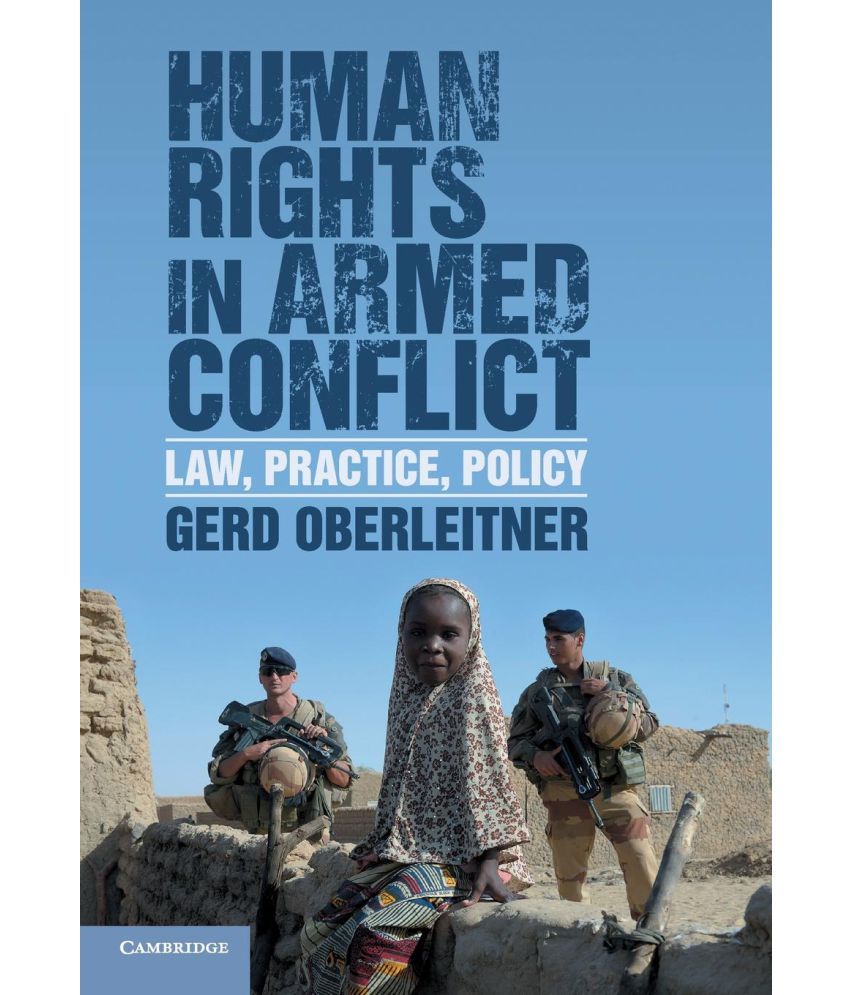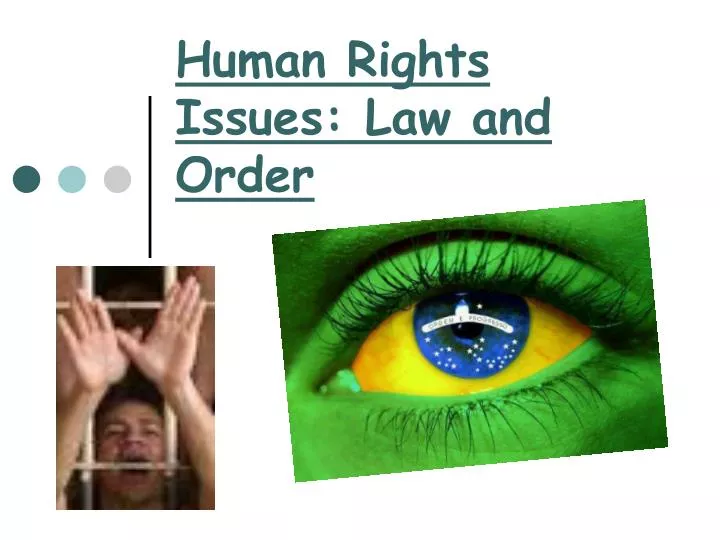

This article provides a holistic examination of the international legal frameworks which regulate targeted killings by drones. Contrary to what the US asserts, the dissertation claims that it should. Finally, the dissertation will demonstrate that extraterritorial US drone operations are incompatible with IHRL if it is the sole applicable legal framework and that strikes violate the victim’s right to life if it is accepted that the International Covenant on Civil and Politics Rights applies.

Concerning the proportionality principle, it will be argued that while drone strikes are generally not incompatible with it, a stricter proportionality test should be employed.

The dissertation thus recommends the US adopts the ICRC’s standard of “continuous combat function”. In terms of US drone operations’ compatibility with IHL, the dissertation will show that there are some compatibility concerns with respect to the distinction principle as the US employs an excessively broad targeting framework in relation to members of organised armed groups, which is inconsistent with prevailing treaty and custom. However, it will be seen that in this specific, the classification of the conflict between the US and Al Qaeda as a NIAC can be doubted due to inconsistencies as to whether Al Qaeda qualifies as an organised armed group under IHL. It will be argued that since it is a conflict between a state and non-state actor, it is best regarded as a NIAC, despite it being primarily extraterritorial. It will be examined whether the conflict between the US and Al Qaeda can be considered an IAC or a NIAC to which IHL applies. While IHRL applies at all times, war and peace, IHL only applies during armed conflict, and distinguishes between International Armed Conflict (IAC) and Non-International Armed Conflict (NIAC). It examines two legal frameworks, International Humanitarian Law (IHL) on the one hand and International Human Rights Law (IHRL). In light of increasing public interest in so-called Remotely Piloted Air Systems or Unmanned Aerial Vehicles (commonly known as drones) this dissertation considers what international legal rules apply to US drone operations against Al Qaeda, a terroristic non-state actor and whether such operations are compatible with these rules.


 0 kommentar(er)
0 kommentar(er)
